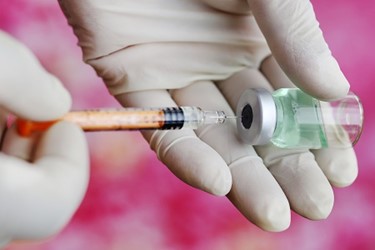Optimizing Downstream Processing For An Inactivated Rabies Vaccine
By Youness Cherradi, Ph.D., Youssef Gaabouri, Anissa Boumlic, Ph.D., Héla Kallel, Ph.D., Khaled Trabelsi, Ph.D.

While rabies is a preventable and curable disease, it continues to have an impact on human and animal health in developing countries. According to the World Health Organization (WHO), infection causes tens of thousands of deaths every year, mainly in Asia and Africa (1). Effective vaccines do exist, but they are not always readily available or accessible to those in need.
Optimizing virus yield during the manufacturing process is essential for development of a low-cost rabies vaccine, which would help ease the burden in low and middle income countries.
We are collaborating with the Institut Pasteur de Tunis, one of the main research centers in Tunisia with vaccine manufacturing capabilities, to optimize their Rabies vaccine process. The overall goal is to establish a rapid, scalable and GMP compliant process for more cost-effective production and increased yield. This white paper describes the improvements made to the downstream portion of the process, specifically, use of single-use technologies and novel techniques for clarification and ultrafiltration/diafiltration.
This application note describes a successful collaboration with the Institut Pasteur de Tunis and the improvements made to the downstream portion of the process, specifically, use of single-use technologies and novel techniques for clarification and ultrafiltration/diafiltration. It also establishes a rapid, scalable and GMP compliant process.
Get unlimited access to:
Enter your credentials below to log in. Not yet a member of Bioprocess Online? Subscribe today.
